Safe and Sound

5 ways to reduce safety risks for young children
(eLivingtoday.com) As parents, one of your top priorities is the safety and well-being of your children. With all the potential pitfalls of day-to-day life, however, navigating the risks can be difficult.
These everyday safety tips can help you navigate everything from car seat safety to baby-proofing and safe sleep, keeping your child out of harm's way as much as possible from birth through his or her toddler years.
Car Seat Safety
- Always use a valid (typically less than 6 years old), federally approved car seat in motor vehicles.
- Ensure the seat is properly installed. Refer to the instruction manual with any questions.
- If you use an infant carrier, strap your child in on the floor, never a counter or tabletop.
- For at least the first two years of your child's life, the car seat should be rear-facing.
- The safest location for a car seat is in the middle of the back seat.
Choking Prevention
- Avoid giving your child nuts, popcorn, hard candies, hot dogs and raw fruits and vegetables, such as grapes or carrots, that may present a choking hazard.
- Never prop up a bottle and leave your baby unattended.
- Inspect toys often to ensure they're not broken and do not have small pieces that could easily become detached.
- Be cautious of strings and buttons on clothing.
Safe Sleep
- The safest place for your baby to sleep is on his or her back, which reduces the risk for Sudden Infant Death Syndrome (SIDS).
- Avoid placing anything in the crib or bassinet that may suffocate your child, such as pillows, blankets or bumpers.
- Keep your child's room at a moderate temperature and dress him or her appropriately to avoid overheating.
- Never leave your baby alone on a bed, couch, changing table, swing or infant seat.
Water Safety
- Set your hot water heater no higher than 120 F.
- Test the temperature of bath water before setting your baby in the tub.
- Never leave your baby unattended in the bathtub.
- Keep toilet lids down and consider installing toilet lid locks.
Baby-Proofing
- Install smoke and carbon monoxide detectors on every level of your home and in every sleeping area.
- Secure cords on blinds and drapes out of reach.
- Keep sharp objects, such as knives, scissors and tools, and other hazardous items, like coins, beads and pins, in a secure place out of baby's reach.
- Store cleaning products and medications in locked cabinets. Never store potentially toxic substances in containers that could be mistaken for food or drink.
- Cover all electrical outlets.
- Cushion hard edges and sharp corners of furniture and decor.
- Secure cords to electrical items along baseboards using electrical tape.
- Attach heavy or tall furniture to the wall and avoid placing items that could fall, like electronics or lamps, on top of dressers or shelves.
- Install safety gates with straight, vertical slats securely in front of all stairwells.
Find more tips and ideas to keep your children safe at home and on the go at eLivingtoday.com.
Photo courtesy of Getty Images
eLivingtoday.com [tab]
How to Make Higher-Quality Choices at the Grocery Store

(Family Features) Grocery shopping can be stressful when there are so many options, especially if you’re making a conscious effort to make high-quality food choices while you shop. Arming yourself with a plan and plenty of information can help you make smarter choices and feel good about the meals you prepare for your family.
According to the Food Marketing Institute’s Power of Meat Report, 62% of consumers are looking for better-for-you meat and poultry options. Consider these ways you can pick up higher-quality products on your next trip to the grocery store.
 Make a list and stick to it. Going shopping without a plan is a surefire way to make the trip to the grocery store less productive. Creating a list and identifying high-quality products that fit your needs can help you avoid impulse purchases. Plus, list-making can also help save money if you plan meals that let you use ingredients across multiple recipes for minimal waste.
Make a list and stick to it. Going shopping without a plan is a surefire way to make the trip to the grocery store less productive. Creating a list and identifying high-quality products that fit your needs can help you avoid impulse purchases. Plus, list-making can also help save money if you plan meals that let you use ingredients across multiple recipes for minimal waste.
Pay attention to labels. Food labels contain insightful details that can help you make well-informed decisions about the foods you buy. Especially when it comes to fresh products, like protein, you can learn a lot about how the food was raised, simply from its label. For example, Perdue’s “No Antibiotics Ever” label is the gold standard when it comes to reducing antibiotic use in chicken farming, compared to the “no hormones or steroids” label, which shows adherence solely to federal regulations.
“You can feel good about purchasing our products labeled No Antibiotics Ever knowing they were raised and fed in such a way that no antibiotics were ever needed,” said Dr. Bruce Stewart-Brown, senior vice president of technical services and innovation at Perdue Farms. “In order to achieve No Antibiotics Ever raised chickens, we worked hard to change our feed and care approach over the last 20 years.”
Know how to select fresh foods. If you find yourself overwhelmed when it comes to selecting produce and fresh meat, you’re not alone. When choosing fruits and vegetables, you generally want produce with a consistent color that is firm but not hard to the touch. Many fresh fruits and veggies emit an appealing fragrance at their peak ripeness.
When it comes to meat and poultry products, you can use a similar approach. For example, if you’re shopping for chicken, press down on the chicken in the package. If it’s plump and somewhat resilient, reverting to its shape, it’s a fresher pack. Also be wary of excess liquid in the pack, which can dilute the flavor or contribute to a soggy texture. You may also wonder which cuts are best. For a formal family meal, consider cooking a whole bird, which offers white and dark meat to please all appetites and can serve as a beautiful mealtime centerpiece.
 Take some shortcuts. Even if you aim to prepare fresh, home-cooked meals most nights, there are sure to be some evenings when you need to squeeze in a quick meal around work, school and extracurriculars. Having a few simple go-to recipes can help. For example, an easy stir-fry with fresh chicken and frozen veggies can shave off prep time while still providing a hot, well-balanced meal. If you’re meal prepping for the week, marinate pre-cut chicken thighs or legs in different spices and seasonings to make cooking throughout the week simpler. Or try an option like Perdue’s Short Cuts, which include a variety of ready-to-eat, roasted, perfectly seasoned chicken breast strips.
Take some shortcuts. Even if you aim to prepare fresh, home-cooked meals most nights, there are sure to be some evenings when you need to squeeze in a quick meal around work, school and extracurriculars. Having a few simple go-to recipes can help. For example, an easy stir-fry with fresh chicken and frozen veggies can shave off prep time while still providing a hot, well-balanced meal. If you’re meal prepping for the week, marinate pre-cut chicken thighs or legs in different spices and seasonings to make cooking throughout the week simpler. Or try an option like Perdue’s Short Cuts, which include a variety of ready-to-eat, roasted, perfectly seasoned chicken breast strips.
Shop the store’s perimeter last. In most stores, fresh foods are located in refrigerated sections around the perimeter of the store. This is where you’ll find produce, fresh meat, poultry and dairy, giving you most of the essential ingredients for wholesome, well-balanced meals. Saving this section of the store for your last stop can help ensure perishable items spend less time away from refrigeration before you check out.
Find chicken recipes and poultry shopping tips at perdue.com.
Photos courtesy of Getty Images
Perdue Farms [tab]
Honey Mustard Crunch Salmon
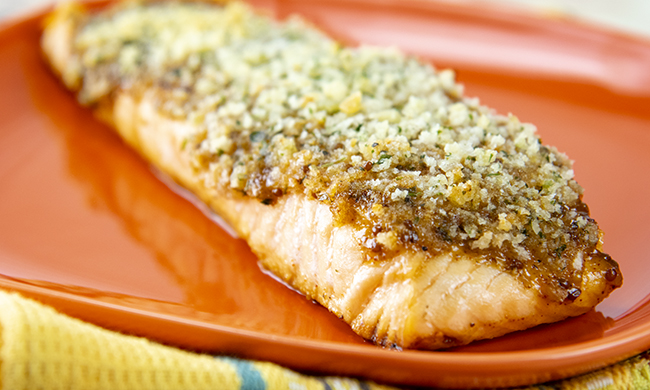
(Family Features) Quick and easy family dinners often feel few and far between, but you can make them a more frequent occurrence by depending on seafood as a flavorful, easy-to-prepare protein.
Today, more than half of all seafood consumed in the U.S. is raised by aquaculture, also known as seafood farming. While this industry has made strides throughout the last few decades, from increasingly sustainable farming practices to technological advancements, not all seafood farms are equal and neither are the certifications you see on the packaging.
Aquaculture helps meet the ever-growing popularity of seafood and provides people in developing countries with healthy protein. It also aids in rebuilding populations of threatened and endangered species along with boosting wild stocks of freshwater and seawater species. By ensuring supply chain integrity from farm to the store, the Aquaculture Stewardship Council’s (ASC) Sea Green certification label lets shoppers know they’re protecting oceans, coasts and wildlife while also investing in restoring them.
With a mission to help the industry feed a growing global population while respecting the planet and its people, the council aims to minimize the industry’s impact on climate change and protect fish welfare. To achieve these goals, the certification label helps shoppers identify products that meet strict standards for responsibly farmed seafood, raising the bar for farm performance, verification and traceability.
With increased demand from the culinary community for alternative seafood sources that preserve wild populations without compromising farm-to-fork flavor or freshness, ASC’s certification helps ensure the seafood you’re buying is what it claims to be. That way, you can enjoy make-at-home recipes like Honey Mustard Crunch Salmon.
Visit SeaGreenBeGreen.org to find family-friendly recipes and certification information.
Watch video to see how to make this recipe!
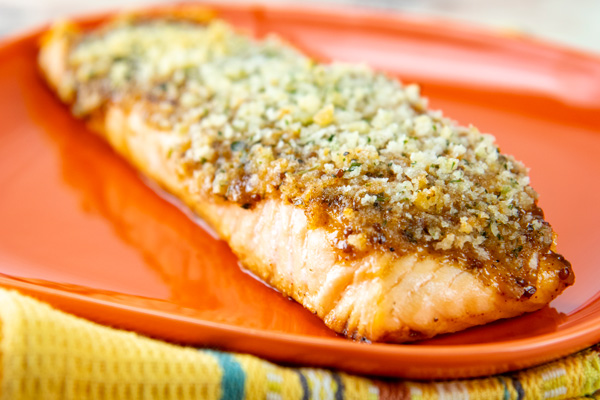
Honey Mustard Crunch Salmon
- 1 bag (1 pound, three 6-ounce portions) ASC-certified North Coast Seafoods Naked Norwegian Salmon
- salt, to taste
- pepper, to taste
Honey Mustard Glaze:
- 1/3 cup honey
- 1/4 cup whole-grain mustard
- 2 tablespoons smooth Dijon mustard
- 2 tablespoons mayonnaise
- 2 teaspoons horseradish
- 1 teaspoon smoked paprika
Crunch:
- 3/4 cup panko breadcrumbs
- 2 tablespoons dried parsley
- 2 tablespoons olive oil
- Thaw salmon and pat dry. Arrange on oiled baking tray. Season with salt and pepper, to taste.
- To make glaze: In small bowl, combine honey, mustard, Dijon mustard, mayonnaise, horseradish and paprika; mix until well combined. Chill glaze until ready to use.
- To make crunch: In bowl, combine breadcrumbs, parsley and oil; mix well. Reserve.
- Preheat oven to 400 F.
- Top each salmon portion with 1 tablespoon glaze and spread evenly over fish. Press crunch evenly onto glaze.
- Bake 15-17 minutes until fish is cooked through.
- Serve with drizzle of remaining glaze.
Aquaculture Stewardship Council
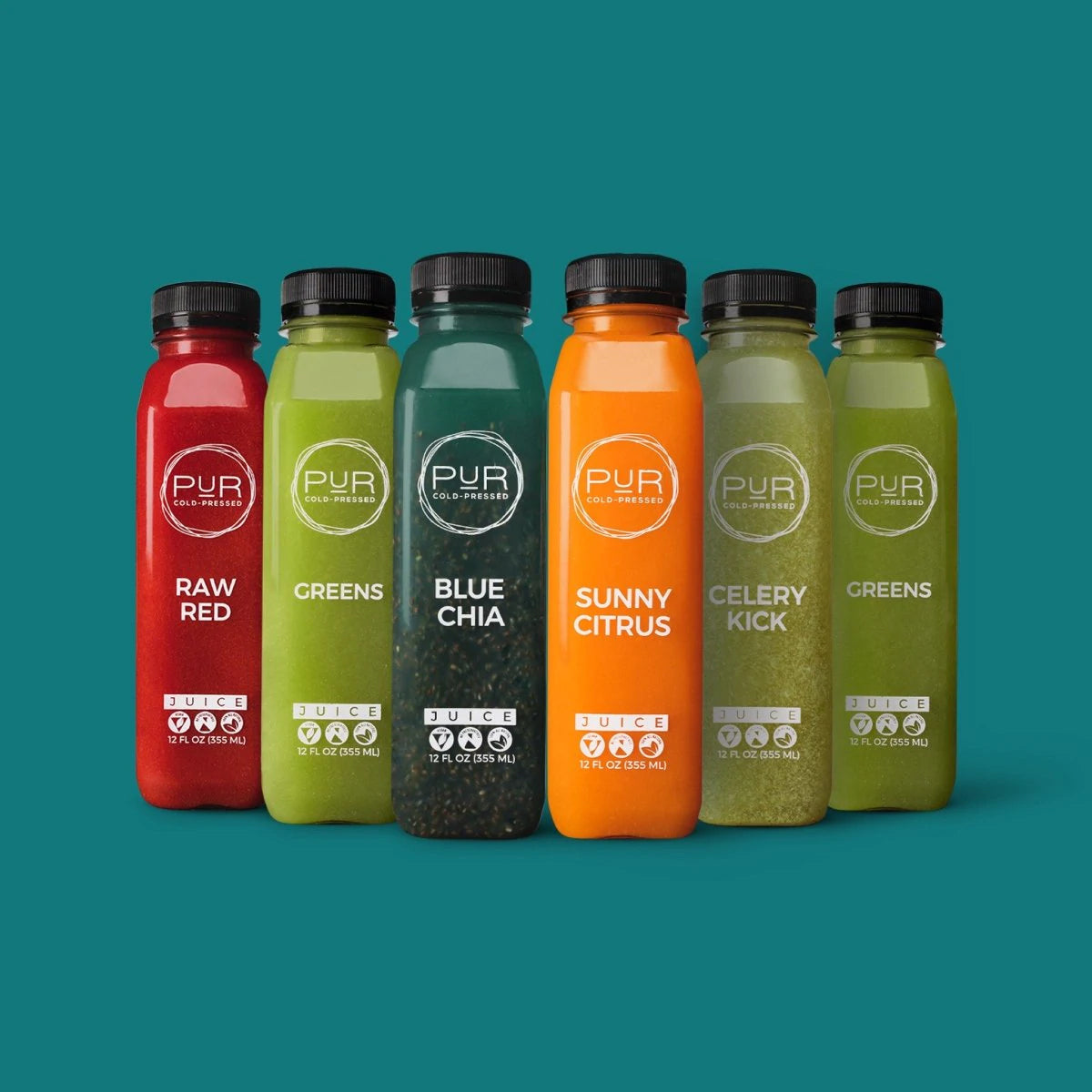
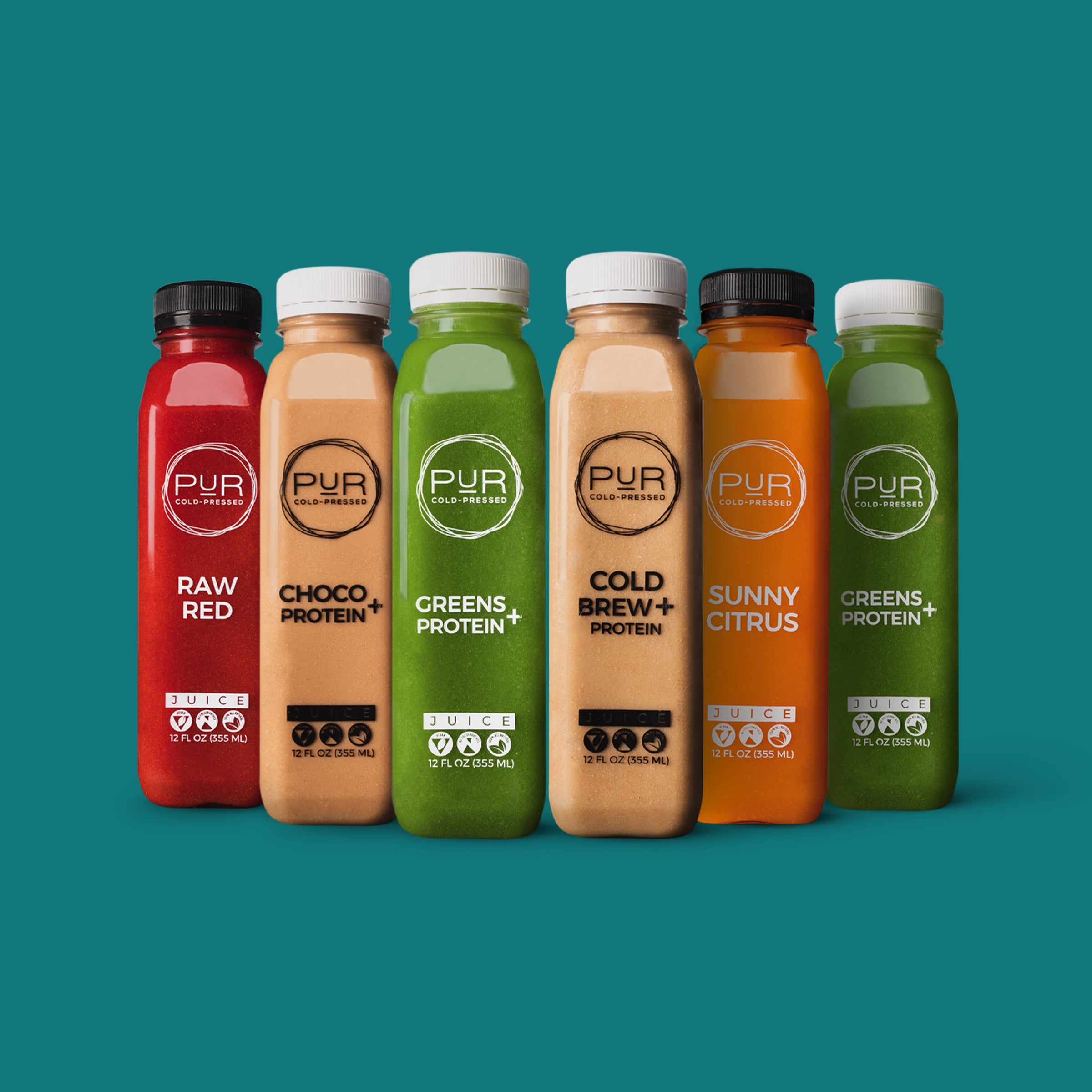
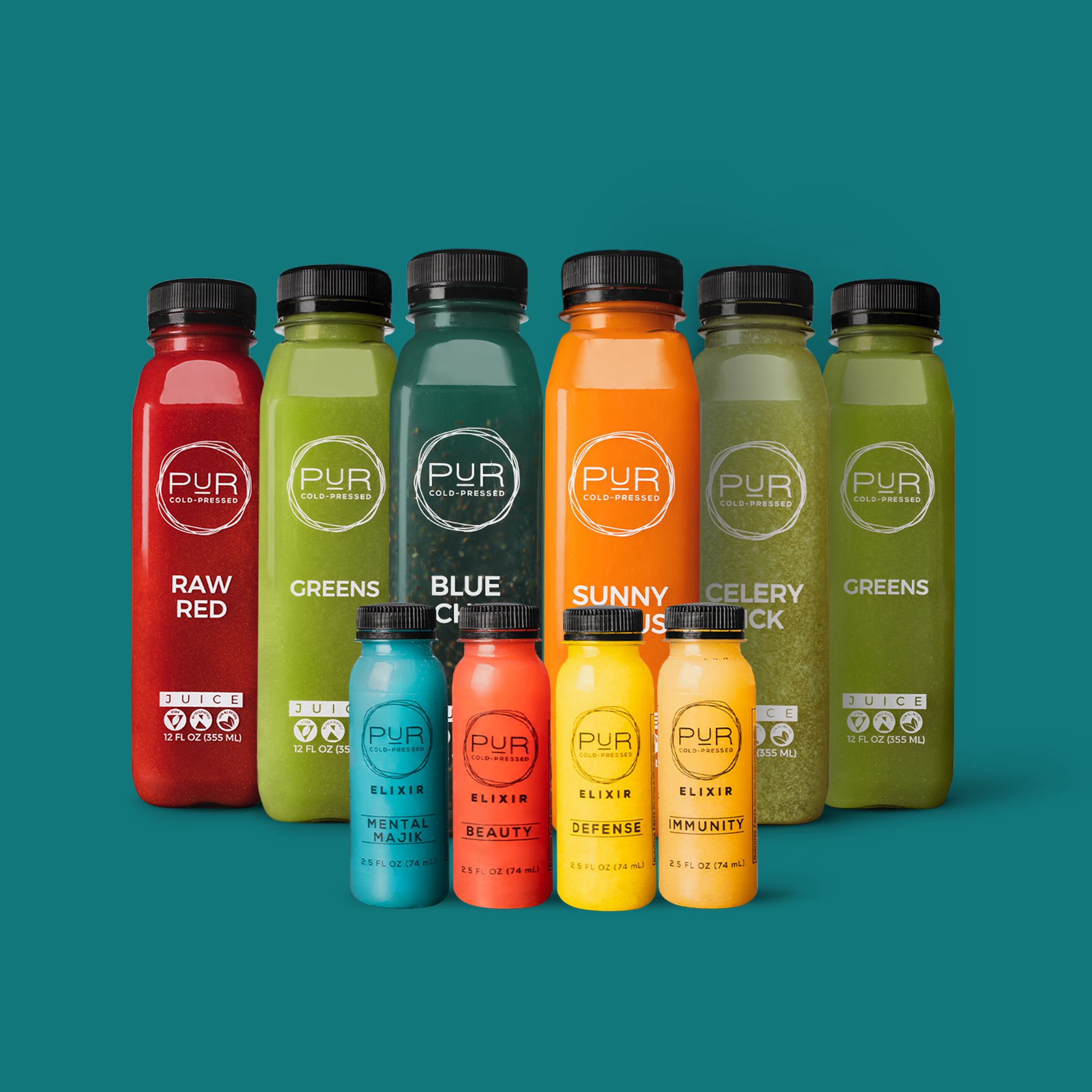
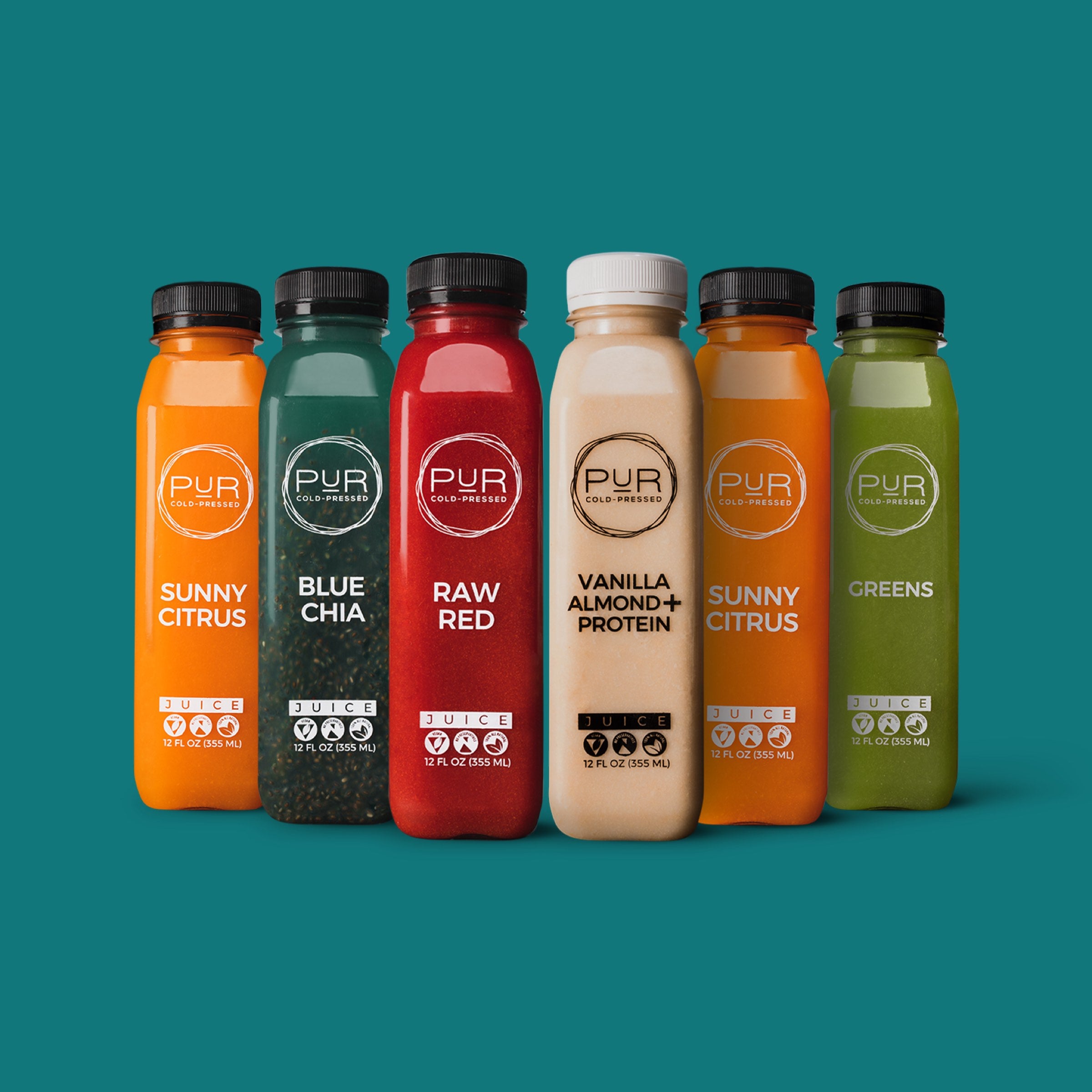
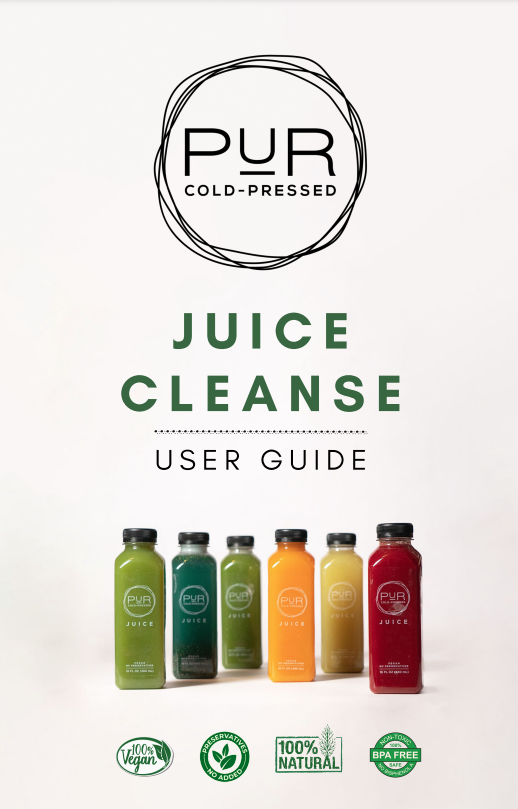

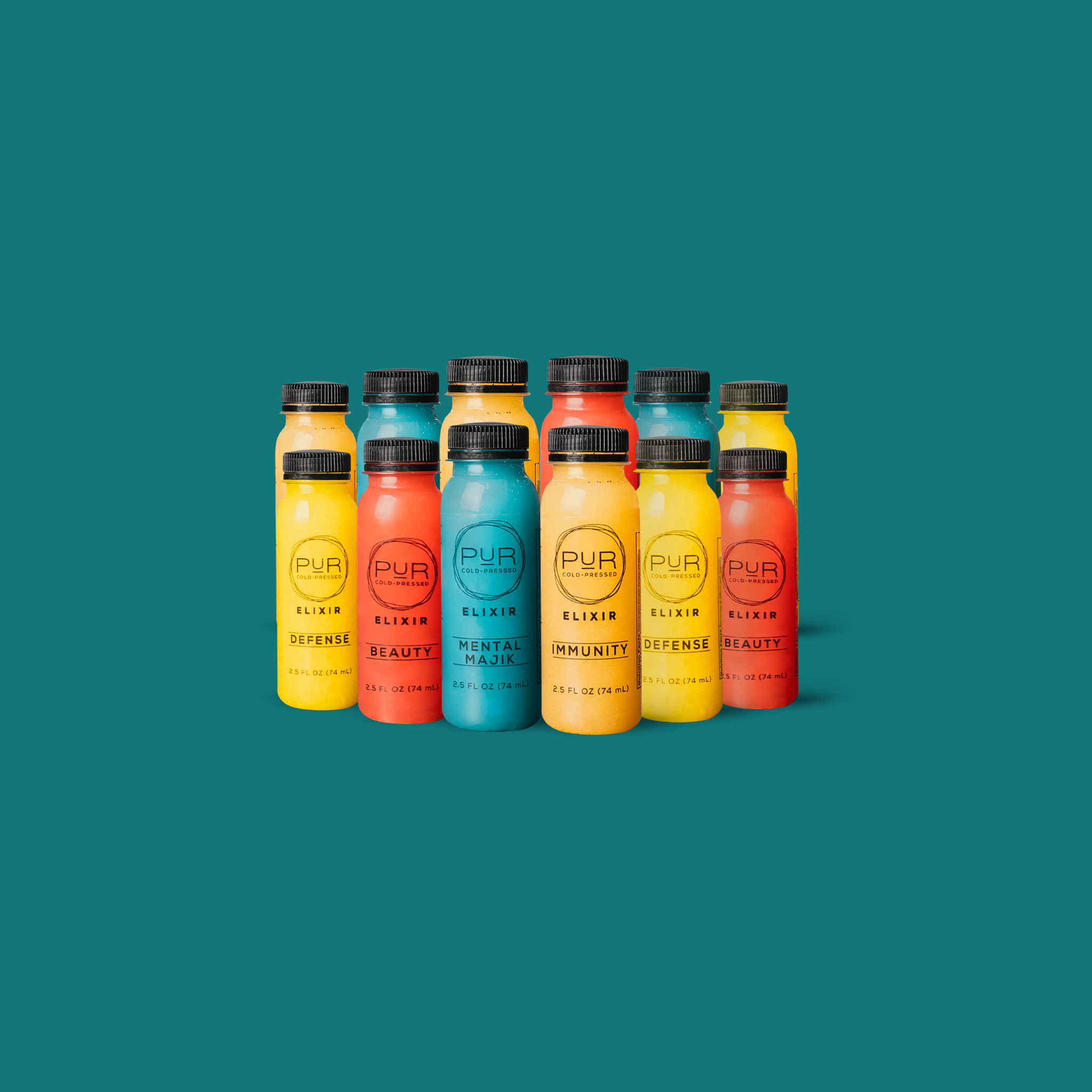
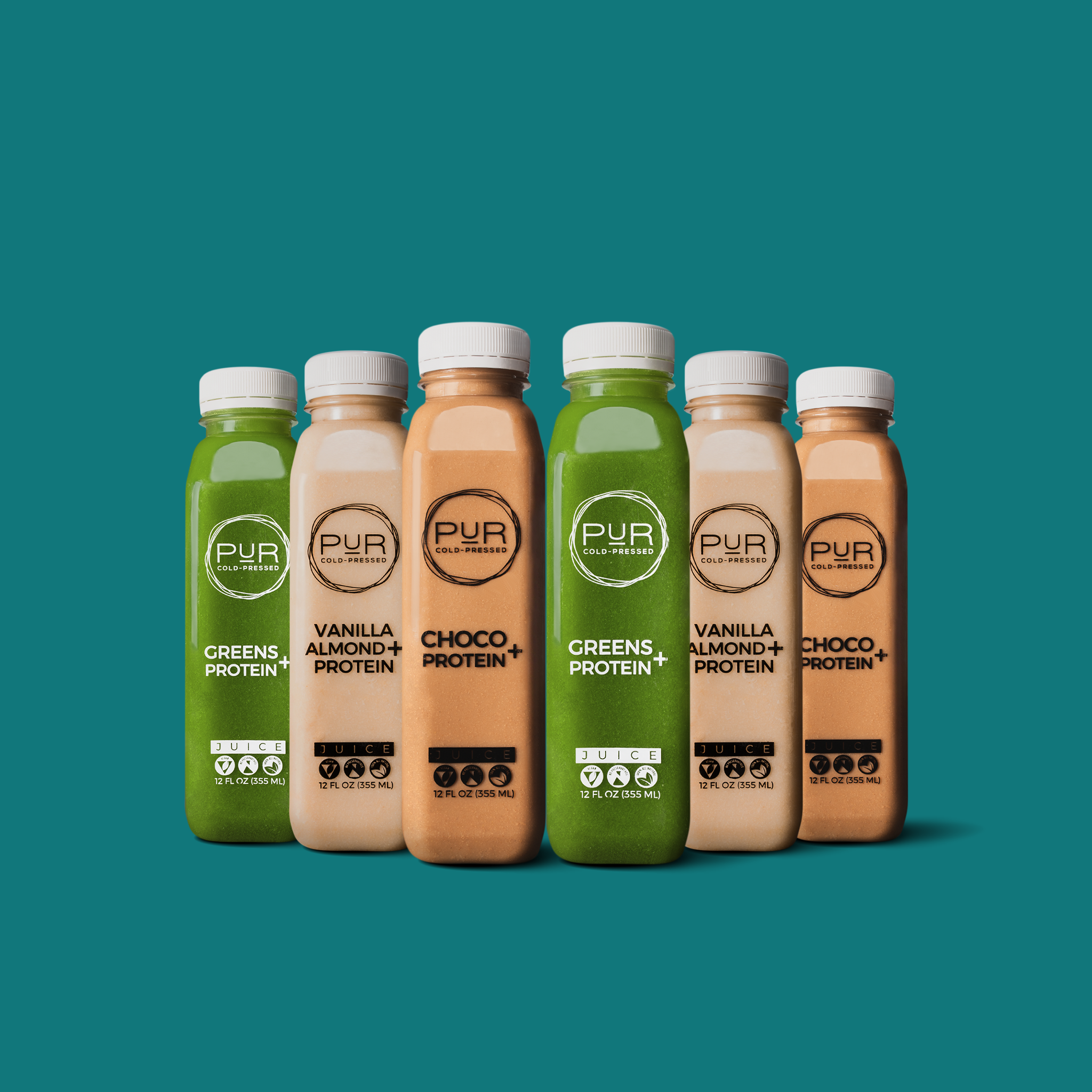
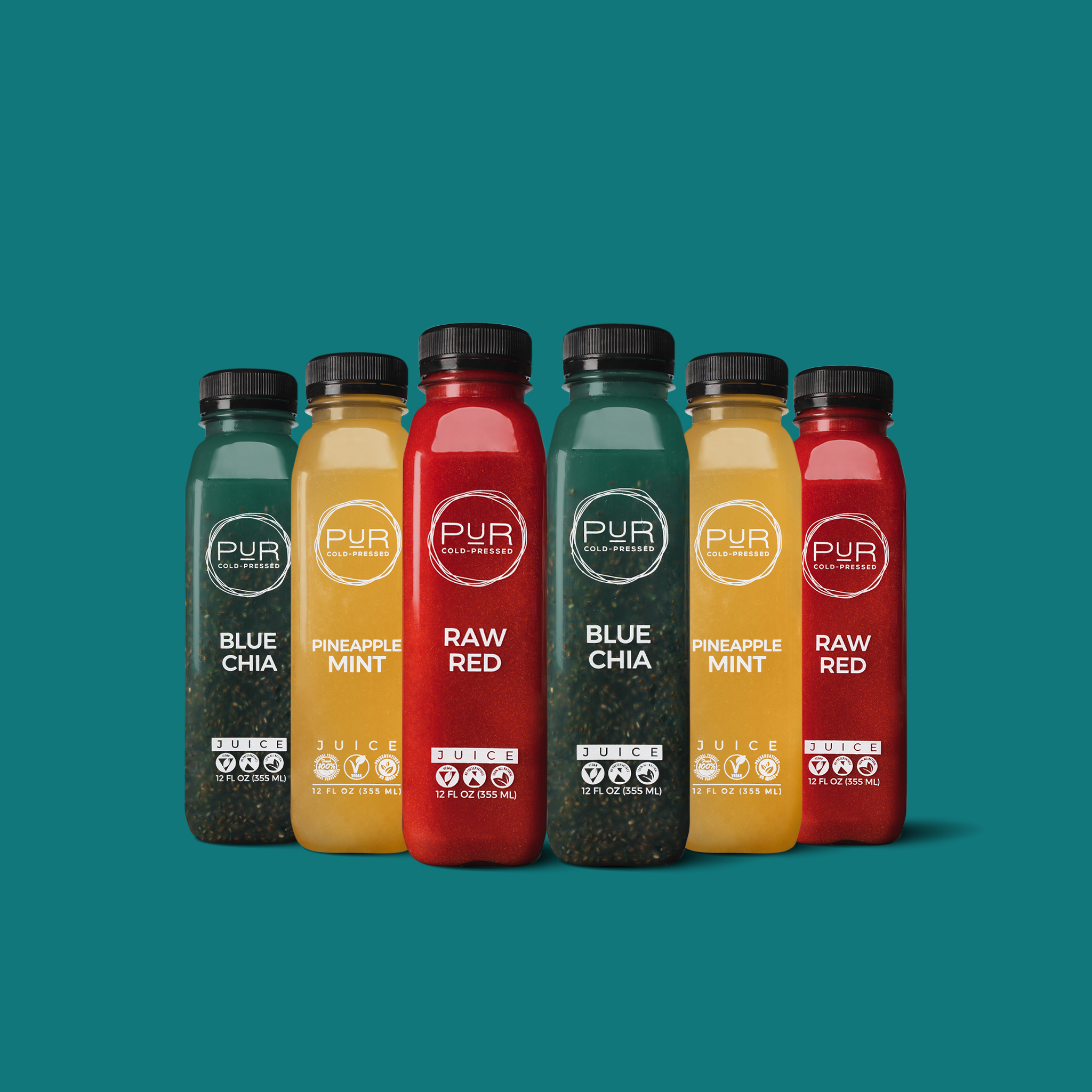
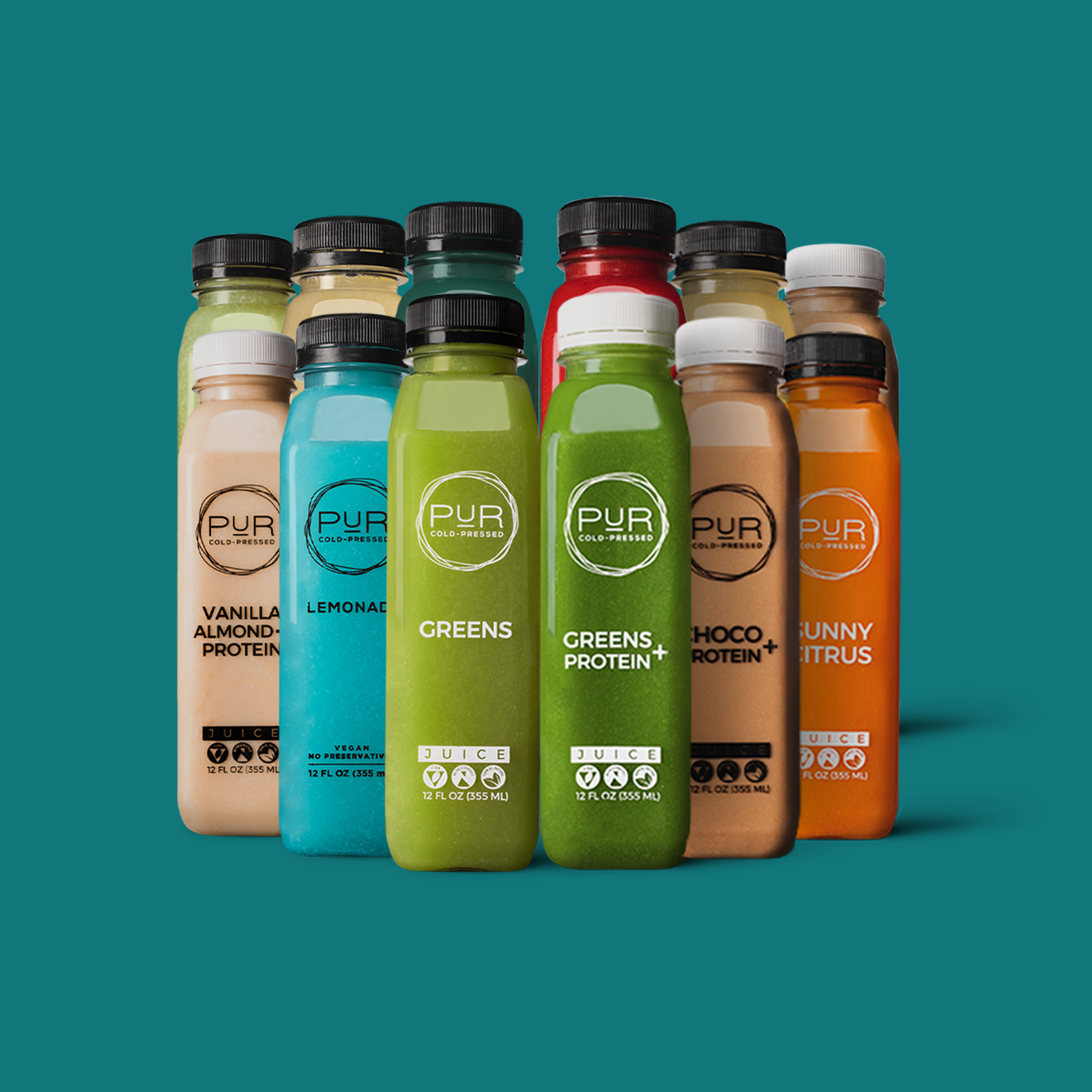
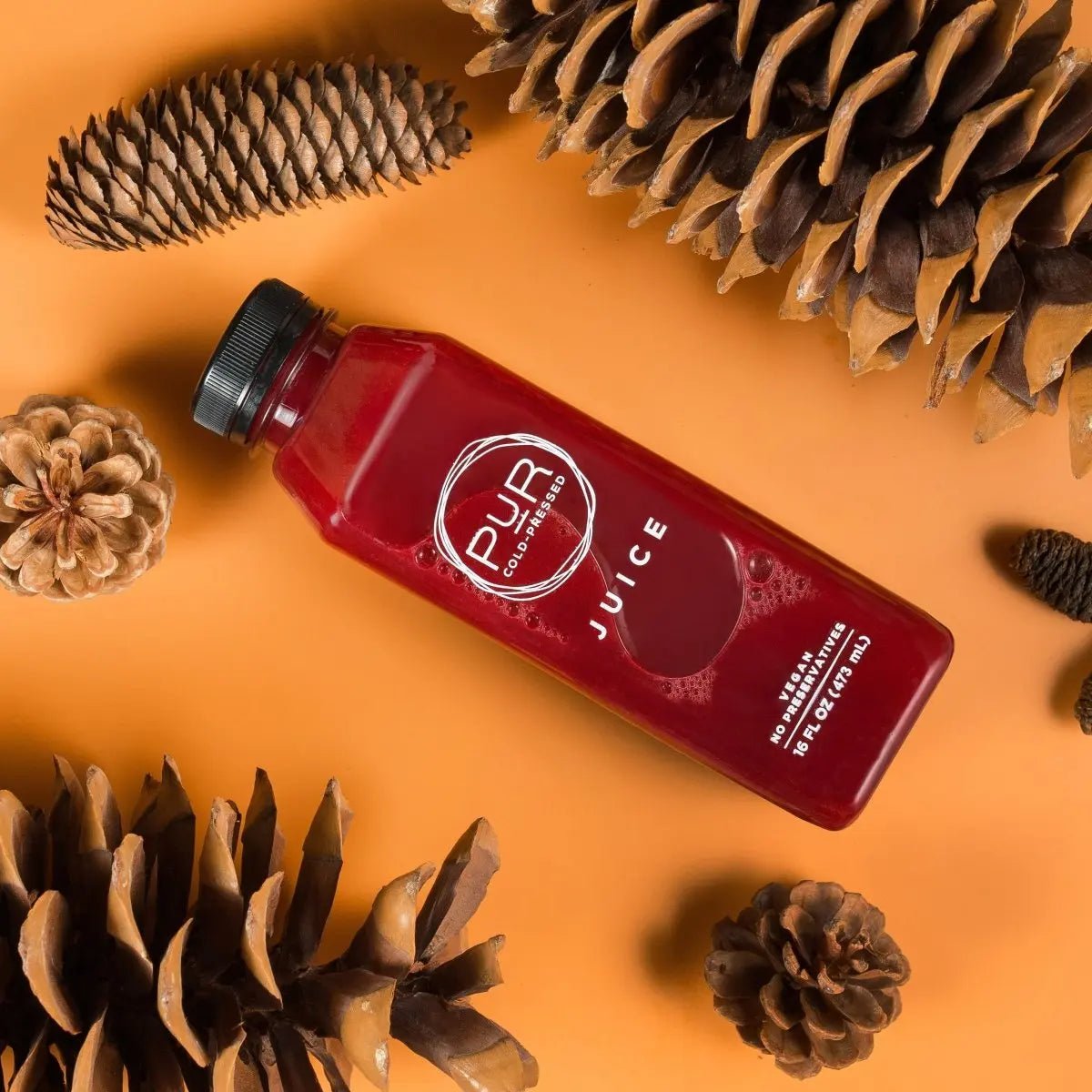
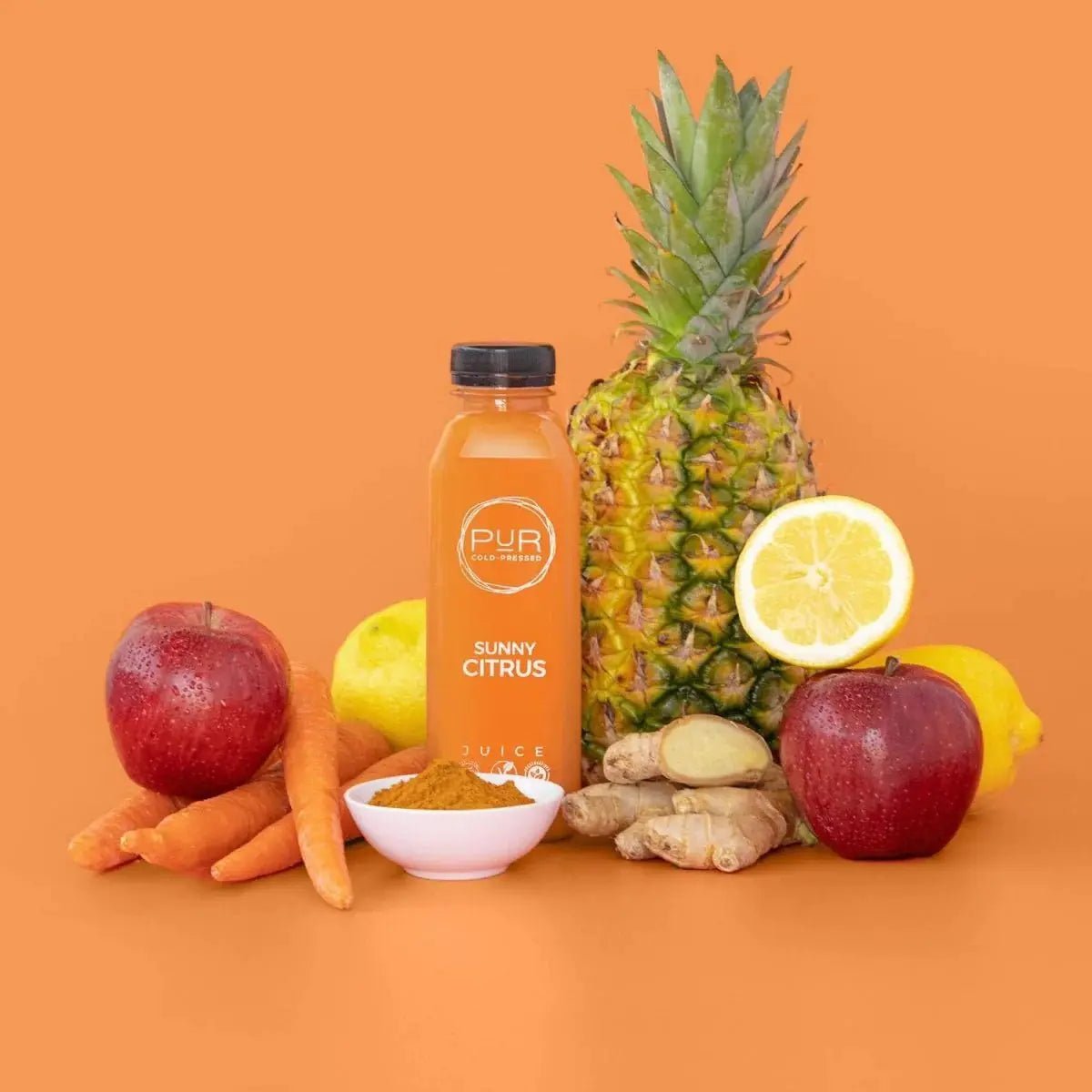

Leave a comment
All comments are moderated before being published.
This site is protected by hCaptcha and the hCaptcha Privacy Policy and Terms of Service apply.